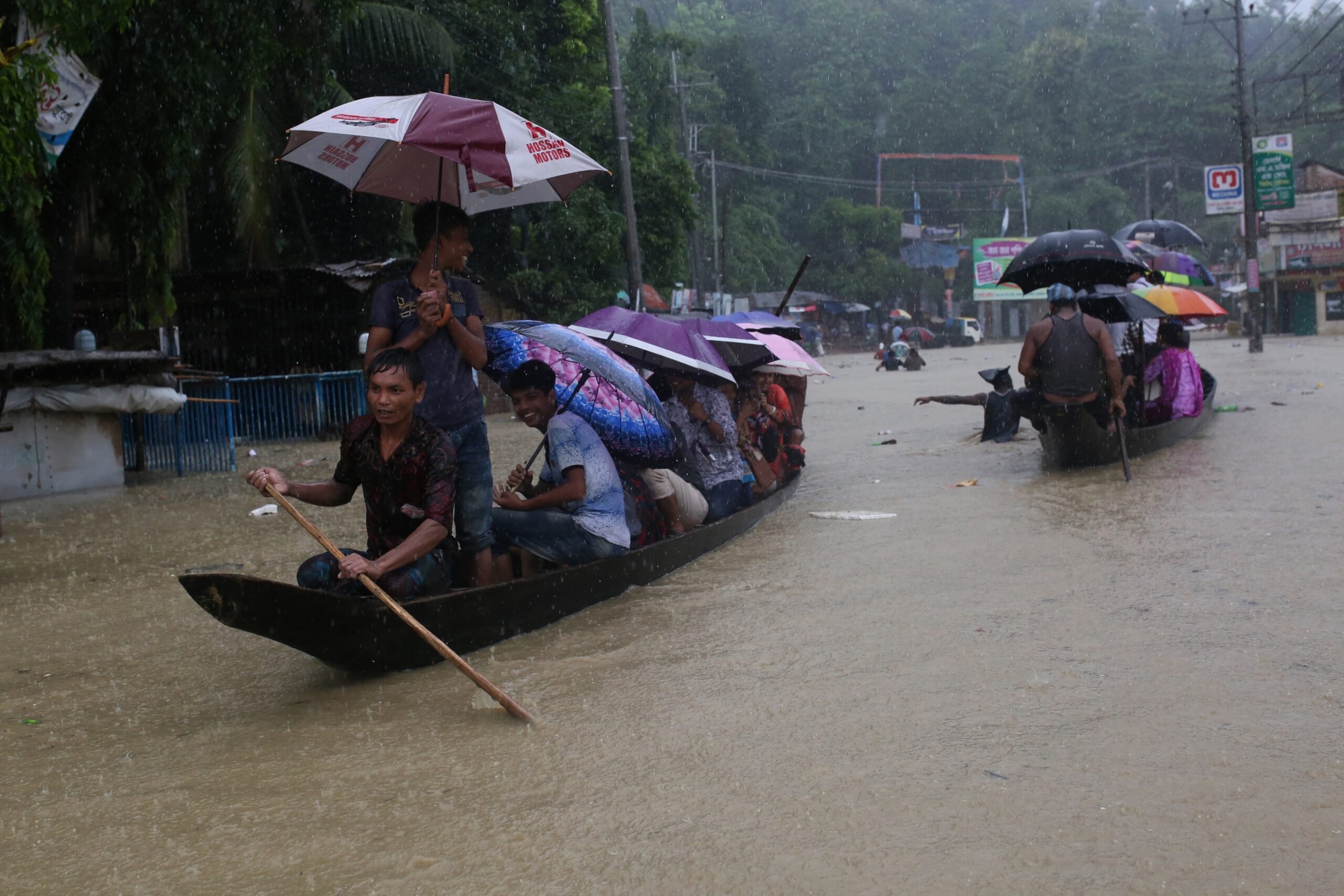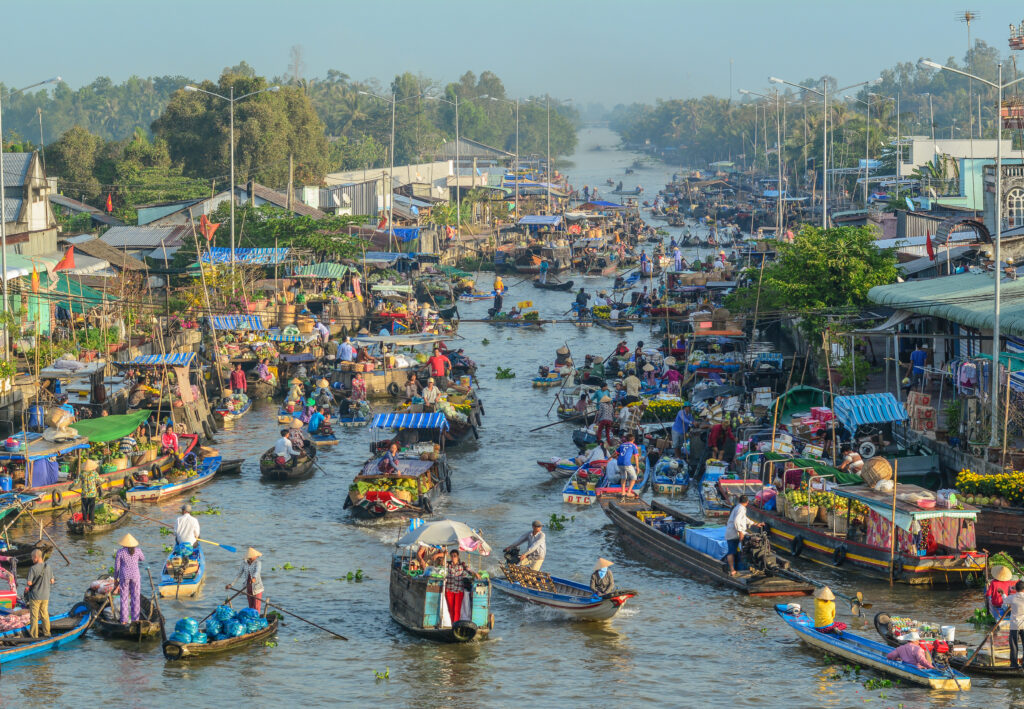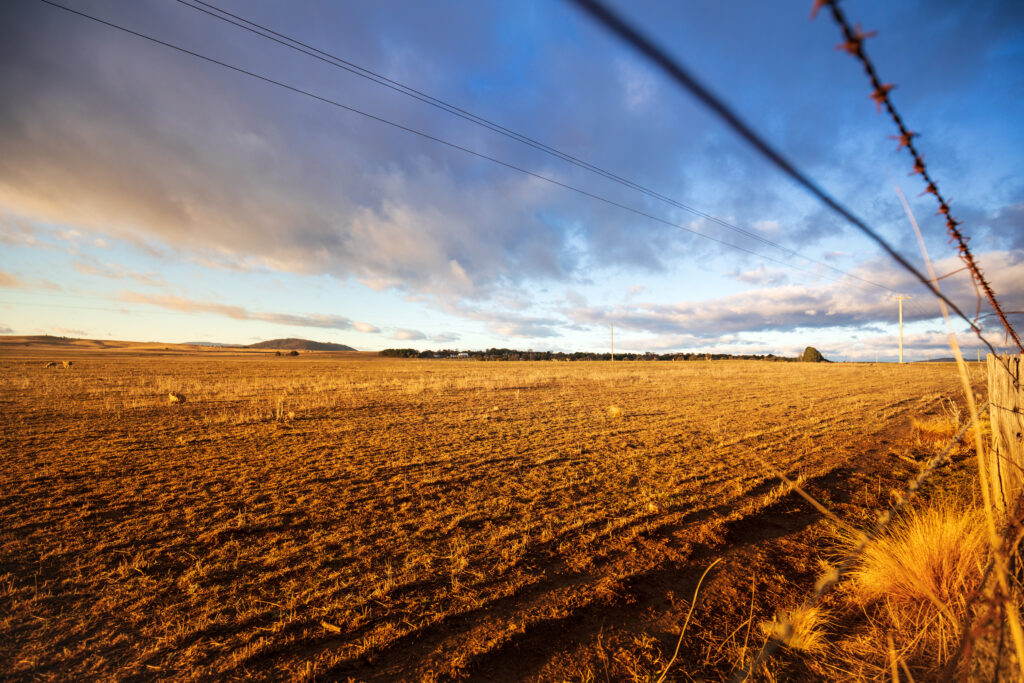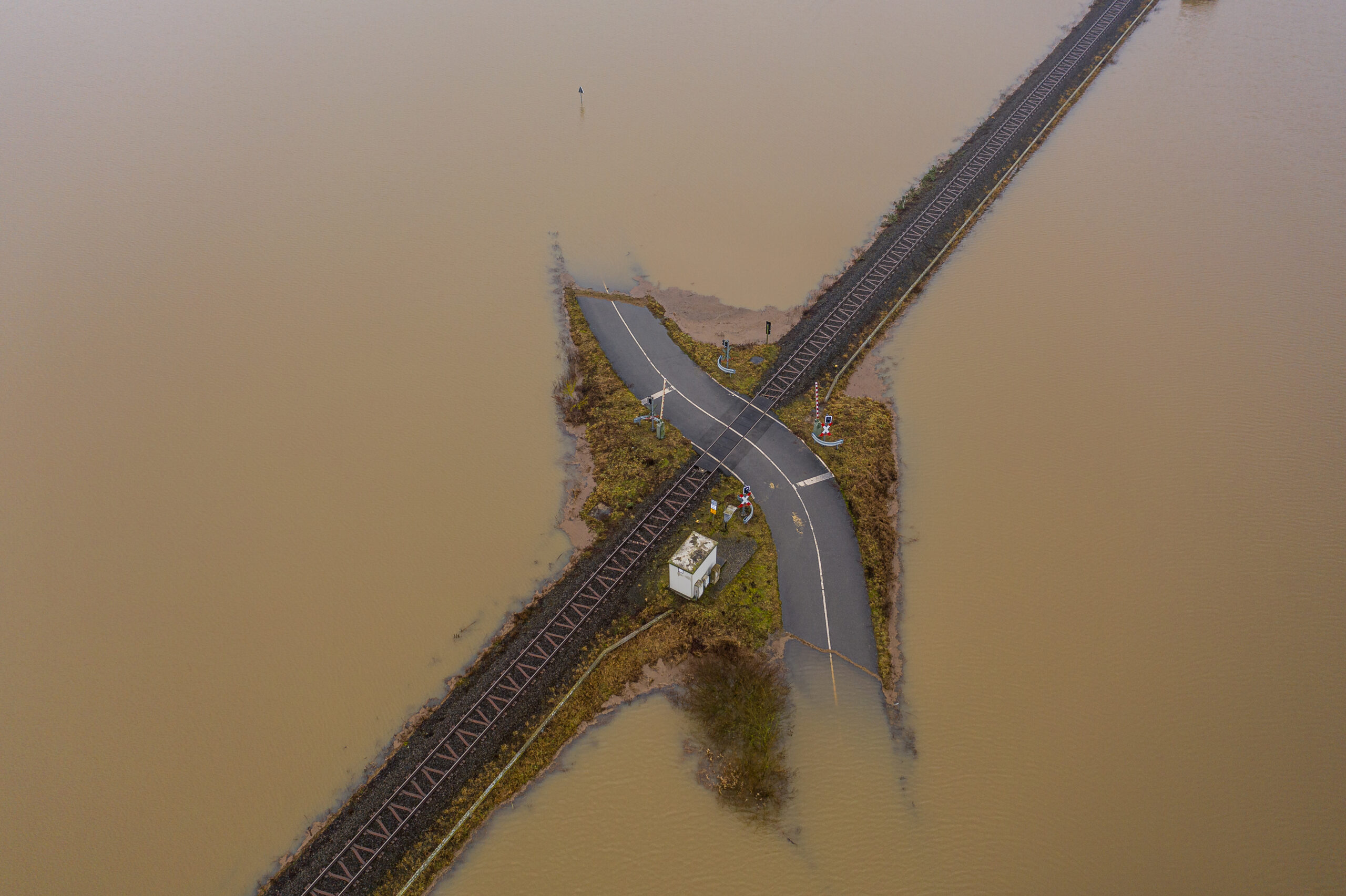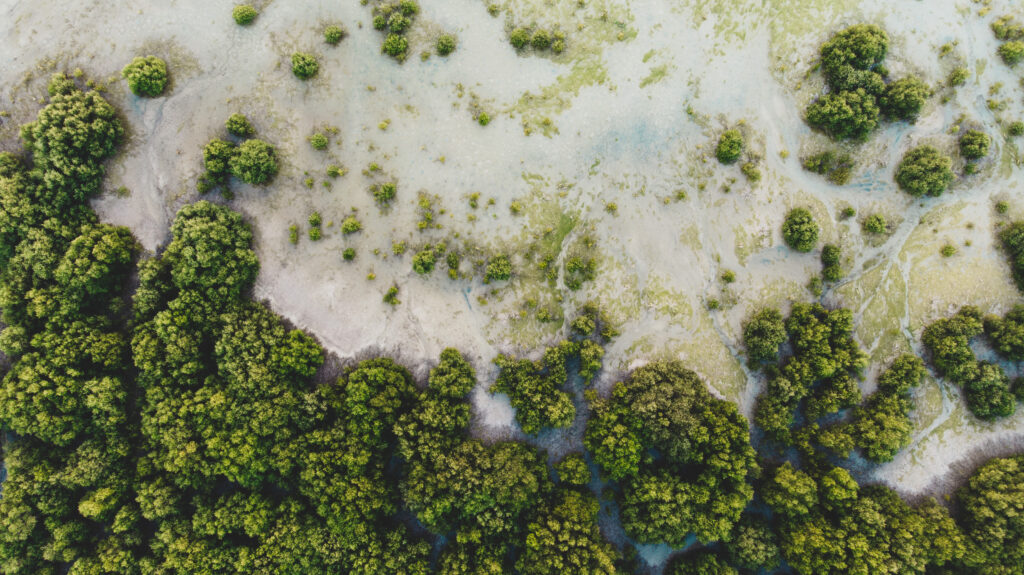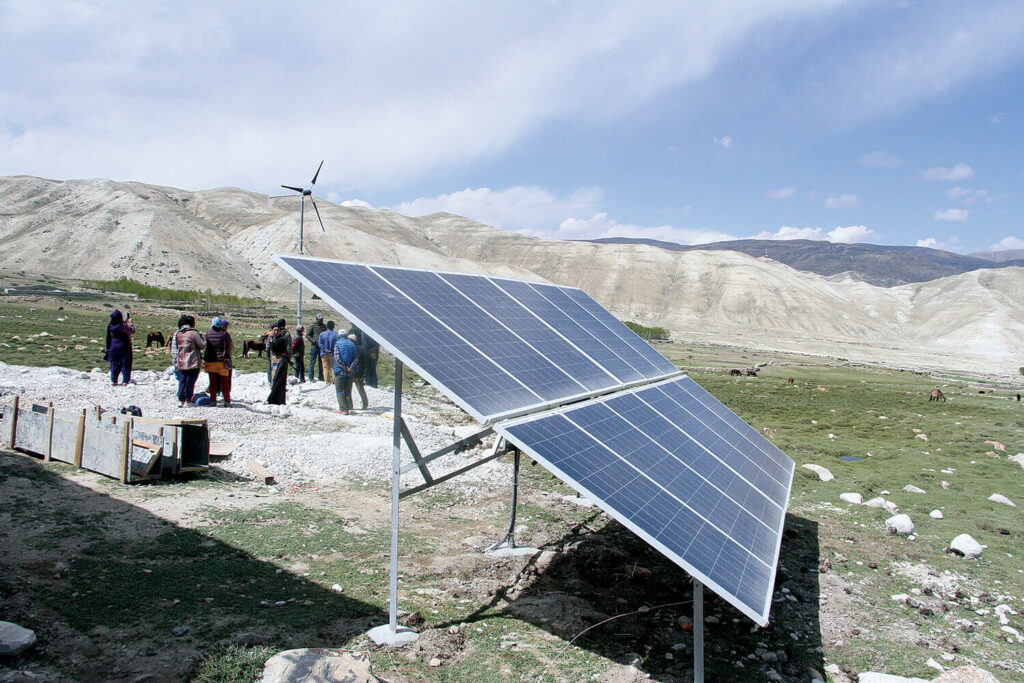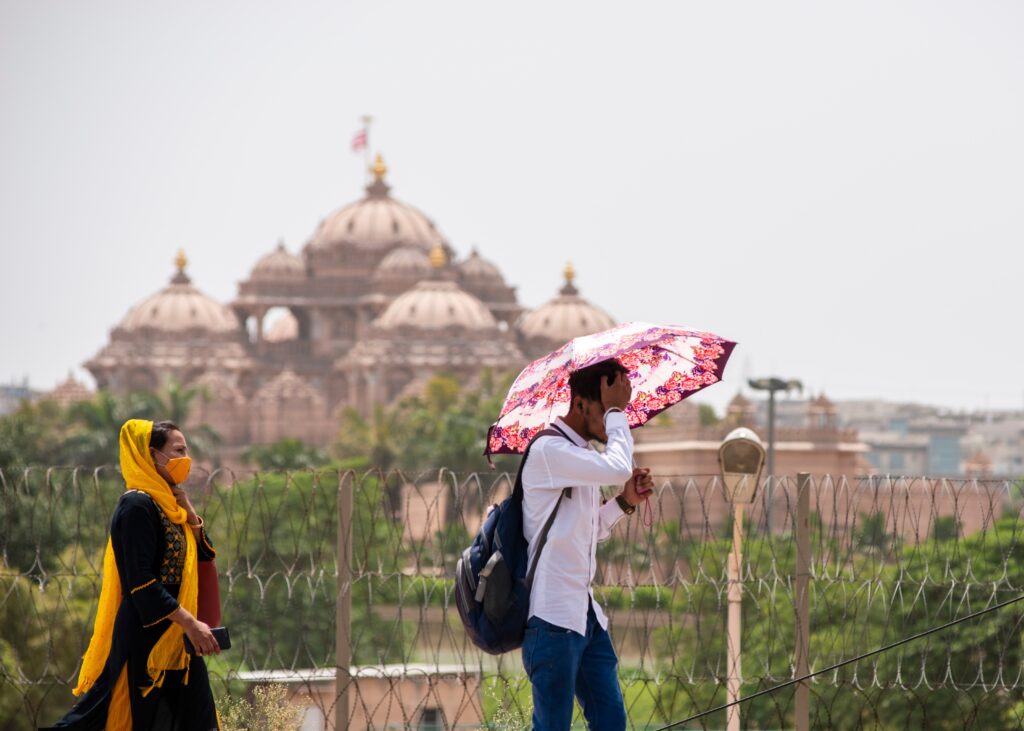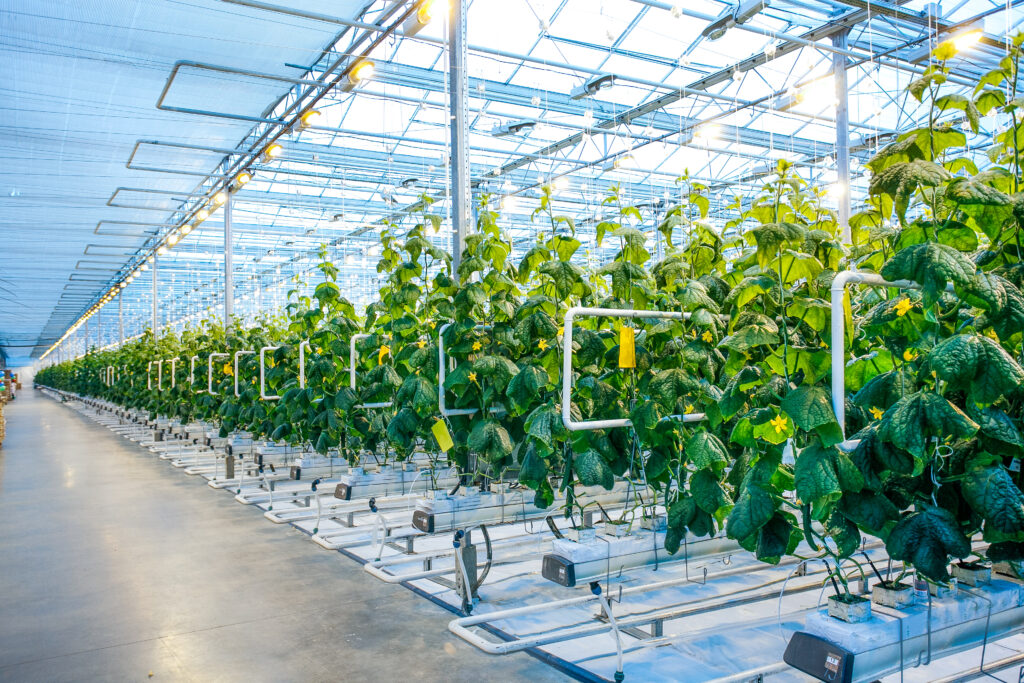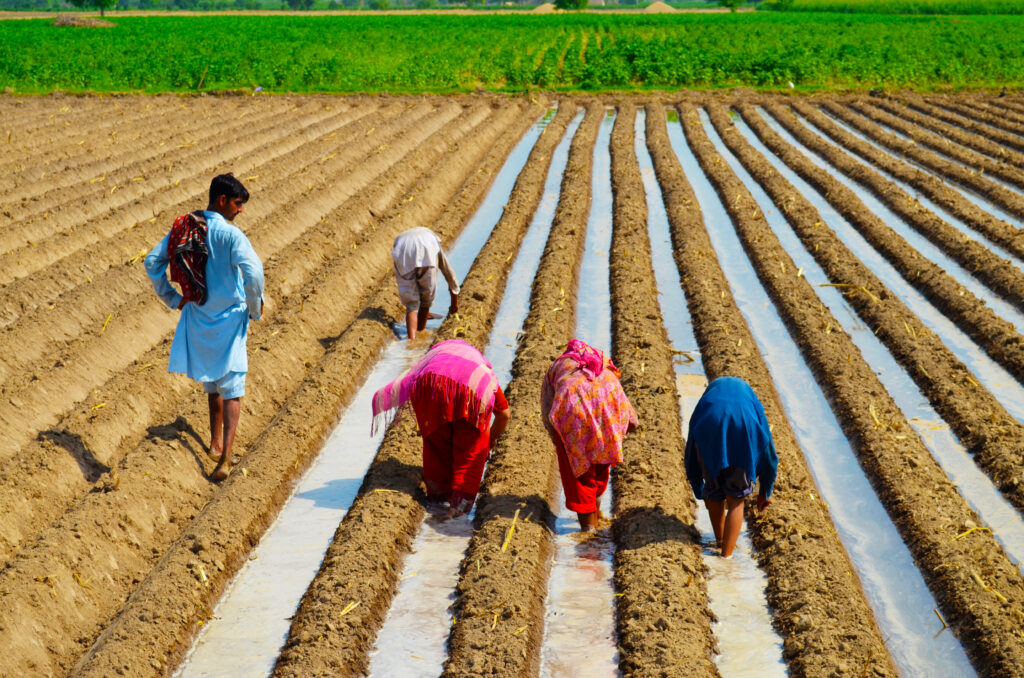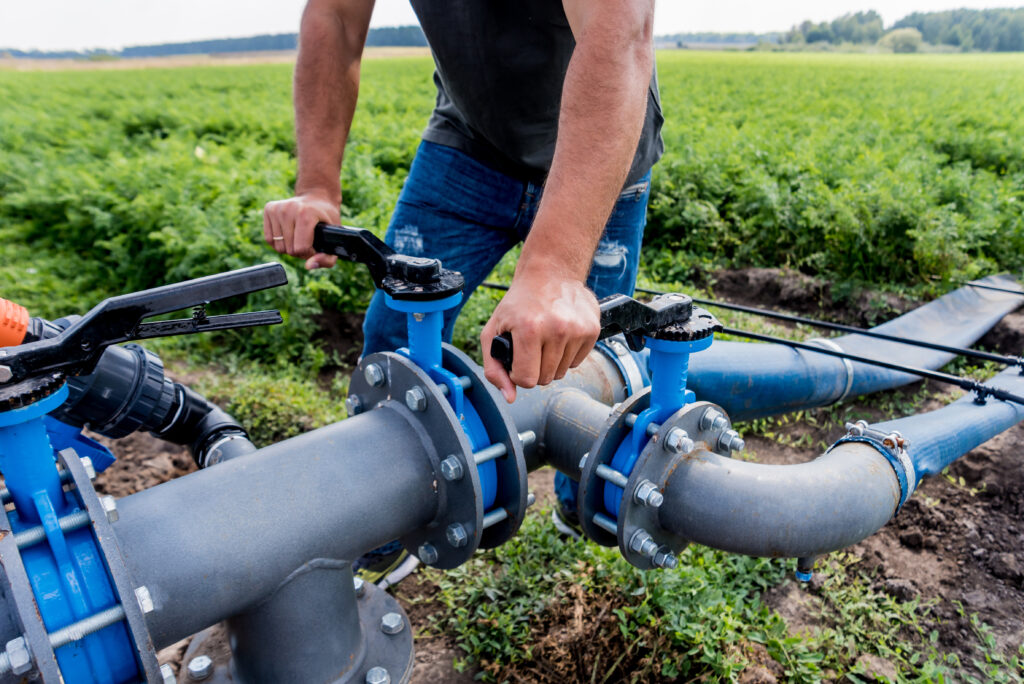Climate Change in South Asia 2024
Worsening climate change in South Asia means communities are enduring consecutive years of extreme and unpredictable weather. In response to the unfolding climate crisis, people all over the region are coming up with innovative solutions to the problems they face. Enhancing coastal climate resilience and scaling up renewable energy and regenerative forestry are just some community projects helping to adapt to these new impacts of global warming in South Asia.
These can also produce a ripple effect of positive community benefits along with regional cooperation, such as more jobs, higher incomes, energy access and gender equality, demonstrating that locally led action is a powerful force for building a more equitable, sustainable communities. They have to reduce carbon dioxide and greenhouse gas emissions in order to adapt.
But, in South Asia alone, the costs of climate adaptation could reach USD 215 billion per year this decade, according to the United Nations Environment Programme’s (UNEP) Adaptation Gap Report 2023. This is the equivalent of up to 5% of the region’s GDP. In light of this stark outlook, the international community must deliver the financial support to allow communities to continue to adapt to far-reaching and worsening climate impacts.
How Has Climate Change Affected South Asia?
People in South Asia are living through intensifying heat waves, cyclones, sea level rise, droughts and floods that are testing the limits of governments and citizens and their ability to adapt. Over half of all South Asians, or 750 million people across its eight countries, were impacted by one or more climate-related disasters in the last two decades. Pakistan’s extreme flooding in 2022 and the deadly heatwave that swept across South Asia in early 2023 are two of the most recent climate-fuelled disasters that people have endured.
Why Is South Asia One Of The Regions Hit Hardest By Climate Change?
South Asia’s highly populated, low-lying coastal cities, monsoons and melting glaciers make it one of the world’s most vulnerable regions to climate change. In addition to extreme weather events, climate change will have “significant implications” for the South Asian region’s food and water security, says environmentalist Anjal Prakash. As a result, climate change could displace many millions of people from their homes in the coming decades and sharply diminish the living conditions for hundreds of millions more.
How Are Communities in South Asian Countries Adapting?
Amid these extreme threats, South Asian nations are pioneering innovative and climate-smart solutions to build resilience within their rapidly changing climate.
Poverty-reducing Mangroves in Pakistan
Coastal communities in Pakistan’s Indus Delta depend on its rich mangrove ecosystem for their livelihoods and well-being. However, saltwater intrusion and rising sea levels threaten its survival. A project to protect and restore the mangroves involved the local community and the forest department teaming up to plant a record-breaking 800,000 mangrove saplings in a single day. The planting has saved over 97 square km of land from sea intrusion. The now mangrove-laden creeks are teeming with fish and crabs, increasing families’ incomes by 12.3%.
Flood-resistant Floating Gardens in Bangladesh
In flood-prone Nazirpur Upazila in Bangladesh, floating gardens that rise and fall with the changing water levels offer a resilient solution. The beds allow farmers to grow essential crops like turmeric, ginger and spinach throughout the year, providing food security even during the monsoons. Their low cost makes the gardens a realistic option for many farmers, said Nazmul Islam Choudhary from Practical Action. The farmers are able to earn an average profit of USD 140 per 100 square m of floating bed during the monsoon season.
Community Solar Microgrids in India
Cyclone Amphan, one of the most powerful cyclones in decades, wreaked havoc in West Bengal and Bangladesh when it hit in 2020. The cyclone uprooted electric poles and snapped wires, leaving millions without power. On the Indian islands of Satjelia and Kumirmari, WWF India responded by installing community solar microgrids to power vital community facilities, and local people have continued to repair and operationalise the microgrids ever since. The islands’ transition from electricity struggles to community-owned, clean energy systems demonstrates a powerful story of community resilience.
Climate-smart Community Forestry in Nepal
Hundreds of landslides affect Nepal each year, and climate-induced temperature changes and rainfall are increasing the risk. In response, impacted communities are receiving training on how to protect the forests uphill from their agricultural terraces. Protecting the forests means the trees’ root system prevents soil from sliding during heavy rain. More widely, community forest management has vastly reduced deforestation and poverty in Nepal, where a quarter of the population manages more than a third of the country’s forests. A study by the University of Manchester found that empowering local communities to manage their forests led to a 37% relative reduction in deforestation and a 4.3% relative reduction in poverty over the past few decades.
Scaling Solutions For Global Warming in South Asia
South Asia’s community-led, climate-smart adaptation projects demonstrate the ingenuity and resilience of people taking action against the problems they face. Yet, as the UNEP’s Adaptation Gap Report highlights, the finance provided by the international community is eclipsed by the vast and growing need for further support. To allow this powerful local action to scale, institutions, including the Asian Development Bank, are calling for large public investments to support community-led adaptation and poverty reduction. Increasing adaptation investments that are “locally led, yet delivered at scale” will enhance resilience and justice for communities trying to survive in the era of rapid climate change in South Asia.
Evelyn Smail
Writer, United Kingdom
Evelyn is a freelance writer and journalist specialising in climate science and policy, the just energy transition and the human impacts of climate change. She writes for independent publications, NGOs and environmental organisations. Evelyn has a background in sustainable development, climate justice and human rights.
Evelyn is a freelance writer and journalist specialising in climate science and policy, the just energy transition and the human impacts of climate change. She writes for independent publications, NGOs and environmental organisations. Evelyn has a background in sustainable development, climate justice and human rights.

